Cadences of Florence (Photo Gallery)
Published in: 34. In Worlds and TimesA BELOVED CITY: LESSONS IN PHOTOGRAPHY
(Who, What, Where, When, and How?)
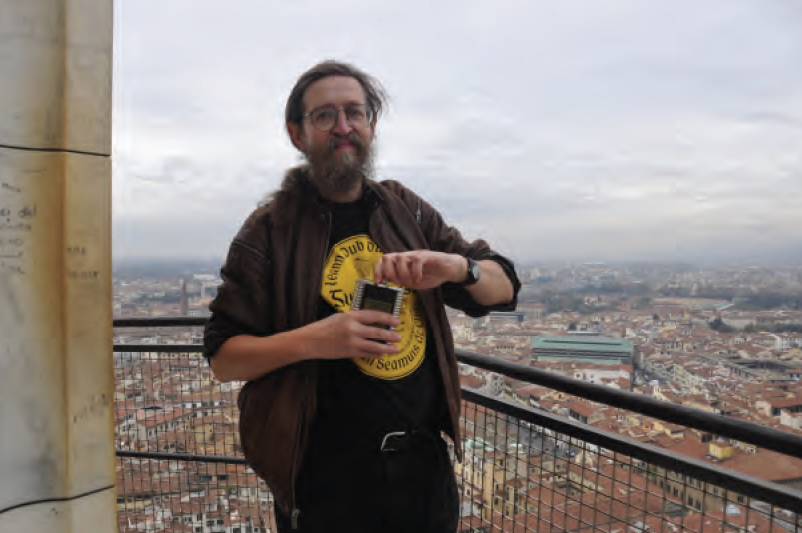
Having asked myself these simple questions, I’ll answer them like in an autobio: briefly, but with details. I’m a photographer. I guess you could say I’m an amateur (professionals get paid): I really love this work. What do I photograph? Whatever I see and find worthy.
Once, an eye doctor, whom I’d asked to help preserve my eagle-eyed vision as a photographer-artist, asked me that question. I answered: whatever shows signs of divine harmony or hints at the Creator’s design, or maybe at the Dao. After saying this, I felt embarrassed: first, it’s vain to mention something you can’t really understand, and second, such words could easily sound like a clever way to avoid direct answers, like saying I’m a portraitist/landscapist/mariner/naturalist… Lead us not into temptation. He became pensive and soon retired to Florida (a sweet-sounding word for retirees). But before that, he gave me the cure.
In fact, “what I see, I sing” isn’t an insult but a belief, and maybe one that’s no worse than any other. What matters is choosing what to see, where, and how. As I travel through cities and different places, I gather impressions from the time and place, from the here and now, and I try to capture, preserve, and share them. I suppose, come to think about it, I’m an impressionist.
My whole aesthetic, if you will, was shaped on the banks of the Neva River, where I haven’t been for a long time due to weather and other reasons. But all my understanding of beauty, everything that still serves as my standard, comes from the North. Petersburg, where I was born around the middle of the twentieth century and lived for half my life, the Neva, Onega-Ladoga, Vuoksa, Vyborg… Once, an artist who was a close friend and companion on plein-air outings with tents by campfires, told her son and heir of ideas—as she pointed to the marshy Karelian landscape outside the train window: “This, my child, is what they call the ‘motherland.’” She said this ironically. We laughed. But it turned out to be true. Just as some have Tsarskoye Selo, we have the Karelian Isthmus, Vuoksa, Repino, and Lisiy Nos with Komarovo, which remain the space and time that the roots of my memory cling to. And they keep holding on. I admit, this Finnish landscape, this realm of lakes and bays, the cold Baltic waves, the lakes whose blue eyes and fir tree eyelashes, as the song goes, indeed have lingered in my dreams.
St. Petersburg. I’ve been enchanted by this city since childhood. Its exquisite elegance struck me immediately and has stayed with me forever. I owe my ability to notice, appreciate and enjoy it to my grandmother, Klavdiya Mikhailovna. She was a true native Petersburger, a doctor, a blockade survivor, an aesthete and a lover of literature and theater. From my earliest years, as soon as I could walk, she took me around the city to all her favorite spots, stopping to point out the facades, caryatids, bay windows, bridges, sculptures… We lived in the center, just steps from Nevsky Prospect—at the intersection of Old and New Nevsky, right by the Moscow Railway Station—so our walking range stretched from the Lavra to the Admiralty and from the Smolny to the Obvodny Canal. We explored all the courtyards and parks together, and yes, even went for walks in the Summer Garden. It was there that I learned the fine art of flânerie. The ability to wander the city aimlessly, strictly following random signs that catch your eye. A contemporary of the century, my grandmother loved to tell stories, and she had many to share, and remembered more than a few poems and opera arias: once she started, you couldn’t stop her… I learned a lot from her and vividly imagined how my ancestors lived and died, her friends and relatives, and how during the Blockade, the harsh beauty of the beloved city supported them and helped them not to fall into despair…
Then, of course, museums had to have their turn. The most important of all was the Hermitage. There, my grandmother, in her honest and proud pension-age poverty, worked in the coat check for many years alongside other equally highly cultured retirees, thanks to which I too had open, permanent Hermitage access. By the way, I later worked there myself, even if briefly, as a tour guide. I showed visiting foreign tourists the Madonna Lipa (a whimsical nickname). So, all my general concepts of visual art—about color, composition, and so on—came from there. I was, of course, most captivated by the paintings of the Dutch and French. Such a corrupting influence; how could I not be in awe?
Those were my impressions and influences, and therein lies the root of my—well, there’s no getting past it—snobbery. Apropos, a lovely Moscow-Parisian old lady, long since passed, who would be, or rather, was older than my grandmother, once told me, looking at the deserted Black Sea near Sudak, Crimea (neither sails nor boats—the enemy beyond the sea never sleeps, the son of a bitch): “You Petersburg folks are snobby about us, aren’t you?” Not at all, ma’am, I replied, how could that be, ma’am? I was being cagey out of respect. Peter-city über alles.
But what about the art, or maybe the craft, of photography? Where does that come from? Again, there are traces of the past, and once more, the influence of a generation that lived through the 20th century from the beginning to almost the end. My grandfather, Georgy Vladimirovich, introduced me to photography. He was also a doctor, a veteran, and he served with a hospital on the Finnish-Leningrad fronts, where he witnessed many things. When he retired as a colonel in the medical service, he became passionate about photography, along with motorcycling, hunting, and fishing. He took many good photos, mostly portraits: of wives, children, and grandchildren (meaning me), as well as cityscapes. Some of those portraits still sit on my shelf.
And he passed this passion on to me and explained a lot about technique. He was knowledgeable. He could fix a camera, a primus stove, or a motorcycle. And he even invented and built some kind of stereoscopic photo device. No one condemned us for this frivolous hobby; in fact, they encouraged it. After all, it was a respectable hobby for reputable men. And it was even kind of in fashion. At that time, the city held photo exhibitions and published books. Photo albums, a couple of which are still with me, inspired me to explore urban themes. For example, the book Lions Guard the City is a wonderful publication about St. Petersburg’s urban sculpture. Later, before his death, my grandfather passed down his FED camera to me—a great device, of course, a ripoff of German Leicas. Unfortunately, it was ripped off from me as well: even in Petersburg, you sometimes run into unscrupulous types, as they say. Yes, however things may be, there are plenty of scammers.
The first time I took a camera out into the city for a shoot was while I was still in a fairly junior class, assigned a project for some school wall bulletin or maybe a “red” corner. I was given a state-issued camera and told to shoot, that is to say, to photograph, all the Lenin monuments. There turned out to be zillions and gazillions of them. They all looked very much alike, of course, and were terribly unremarkable, but for the first time, I traveled to less familiar neighborhoods and looked around not just aimlessly but as a photographer, through the viewfinder, choosing angles, lighting, and so on. Fortunately, my photos didn’t make it into the bulletin: perhaps the space ran out, or maybe some Pioneer activist got preferential treatment, I don’t know. I was satisfied: they took the camera back and let me go, but I enjoyed the experience of shooting.
I only bought my first camera when I was about fourteen. It was a “Seagull” with a half-frame (18×24), letting me fit twice as many shots on standard film. Very cool. I set up my laboratory in the communal kitchen, covering the window with a blanket. I developed the film and printed the photos myself. I loved it all—the red light and the smell of the chemicals. And the magical moments when an image gradually appeared on the blank sheet of paper, first hazy but then clearer and brighter, with details emerging, and I had to catch the right moment and quickly dip the paper into the fixative with tweezers… I often recall that smell and the entire process. I later developed color film myself but didn’t print the photos—there was no need; I worked with slides (or rather, played with them, workers do work). My grandfather would look at my photos and approve of them, which was nice.
I took many pictures, mainly of available subjects: my family and school, and later, naturally, my Universities. I also tried to photograph landscapes, both urban and rural, but it just didn’t work out; I didn’t like black and white for that. What kind of landscape has no color! I love colors; I’ve always admired their variety and interplay, and I want to capture the world in my photos as I see it—I like it bright and colorful, with an endless variation of shades.
A new and vibrant life began with the arrival of German (GDR) ORWO-CHROM color slide film. Around the same time, my entire lifestyle changed: I became part of a community of free night watchmen and janitors, started traveling a lot, saw many new and interesting places, and met many remarkable people. I traveled through all of the Baltics, of course, and went to Siberia and the Crimea, drank young wine in the steppes of Moldova, fell in love with Odessa and Yerevan, and wintered in a kishlak (village) in the mountains of Tajikistan—where I got the idea, by the way, of starting to have home slide shows with music and stories over tea (thanks to my artist friends there).
It was then, during that period of free travel and experimentation, that I began to photograph constantly and seriously. I often felt a thrill, observing and recognizing the harmony in everything: in nature, in the city, and sitting in some forest or other, or maybe in a park, admiring the wrought-iron fencing and splaying branches, I’d think I should try to capture this to take home to admire later, to remember everything and maybe relive that joyful moment. Again, I wanted to share this enlightenment with my friends. They hadn’t seen it, and if I could capture the moment when a beautifully harmonious scene suddenly came together—almost divinely—and show it to them, maybe they’d also have their own satori. I aimed to seize the moment without breaking the clock. And I felt sometimes I succeeded. Satori or not, who can tell, but we caught our own high. I started carrying a ready-to-shoot camera everywhere, looking around attentively yet meditatively. Seekers of adventure usually find it. But you always need to be in a state of readiness to seize the moment, to recognize and capture it. And so the viewer can suddenly feel a response in their soul, so the image comes alive, so a breeze blows from it, so clouds drift across the sky, and with some luck, you get a whiff of scents… everything has to be real; there’s no place for staging; you have to live in the moment.
I almost always had a camera loaded with color slide film and a compact projector with me. Film, of course, was a scarce commodity, and in Peter, it could be hard to find. Things were much better in relatively accessible Estonia. I often traveled there, either hitchhiking or sneaking onto trains. I went to get color film and, of course, to wander and photograph Tallinn—which I’d loved since childhood—one of the most charming and visually pleasing cities. There, and in various other places where I had friends, my projector came in handy. In the homes where it worked out to stay, we would gather for slide shows, sharing stories about life on the road and more while drinking plenty of wine and smoking ample fragrant herbs. It was always a pleasure to stroll through the city with friends who’d lived there for a long time and knew all the nooks and crannies. Back home in Petersburg, a lively crowd would regularly gather for a friendly flagon, as the saying goes, and about twice a month I’d host slide shows with reports on what I’d seen and experienced. And I saw that it was good… Sounds like some kind of “Zen and the Camera.”
Later, after moving to the West, for a while I kept giving slide shows and sharing stories about our rough and merry past life. Libraries and educational institutions gathered interested audiences who watched, listened, and even paid a little. But gradually, that faded away. When I switched to digital (I held out for a long time, but how could I get away from it?), I began creating online photo albums, the closest equivalent to slide shows. And I instantly fell in love with the digital camera, if only because I no longer had to worry about running out of film at the most interesting moment. It would never run out! Hooray! I shoot without limits. Of course, later I have to spend a long time editing everything, but as an old-timer, I enjoy this process. I send album-viewing invitations to friends scattered across different continents. That way, even without the possibility of getting together in person, together we can see the images and thus communicate. The tradition of regular slide shows lives on and triumphs (over whom?).
Of course, my opportunities for movement in different spaces have significantly expanded, and I’ve seen many beautiful new and old cities, wandering and flâneur-ing through them, capturing all that’s amazed me, that’s made me stop and admire. My favorites, in terms of spirit, beauty, and style, include Prague, Amsterdam, Paris, Venice, Florence, and Rome. London—that goes without saying. Since childhood.
I am glad I’ve been able to provide what might feel like virtual strolls for many who’ve never been there, and for those who have been, I hope it was nice to remember. And I still look for familiar features and signs that evoke a childlike moment of silent admiration. Just like back then in SPb, by the Neva and the Gulf of Finland. The same motifs, roofs, towers, domes… Just stop and admire: how wonderful everything is… Here’s one man’s reaction to my photographs that’s stayed in my memory. For me, it was the highest praise I ever heard. An old professor in St. Petersburg teared up after viewing the slides and said: “Oh, how beautiful God’s world is after all!”
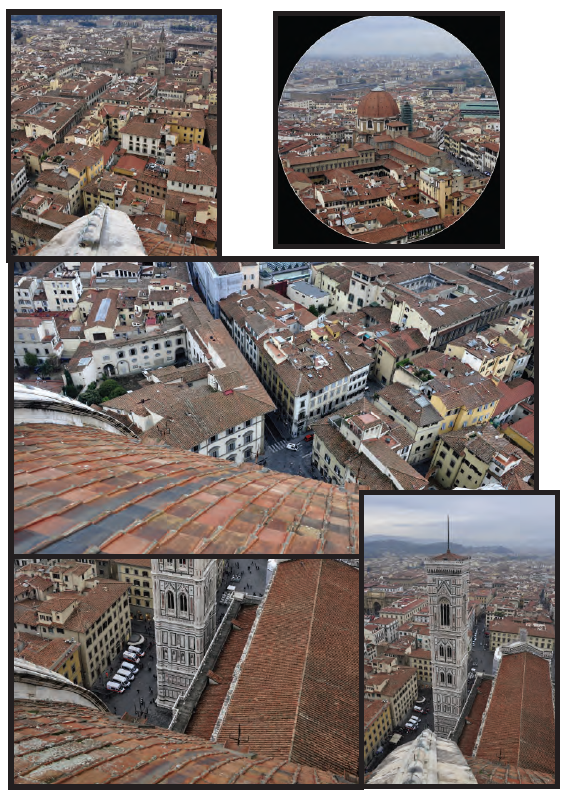
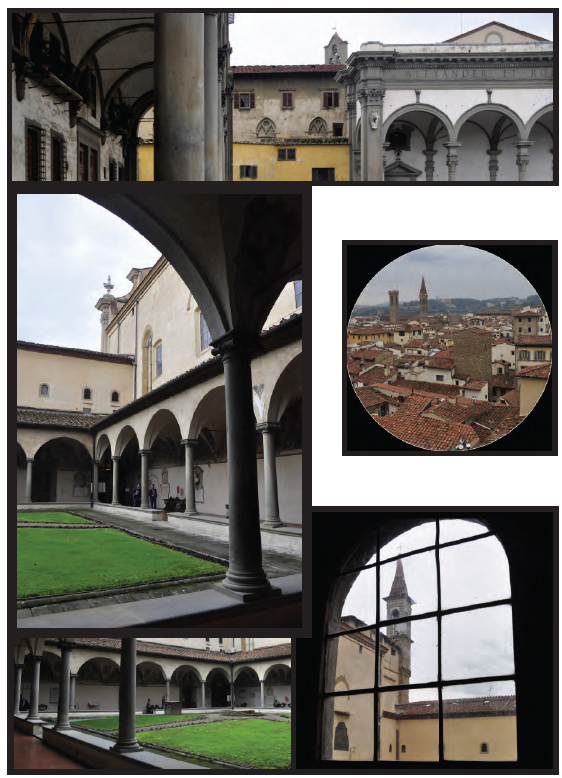
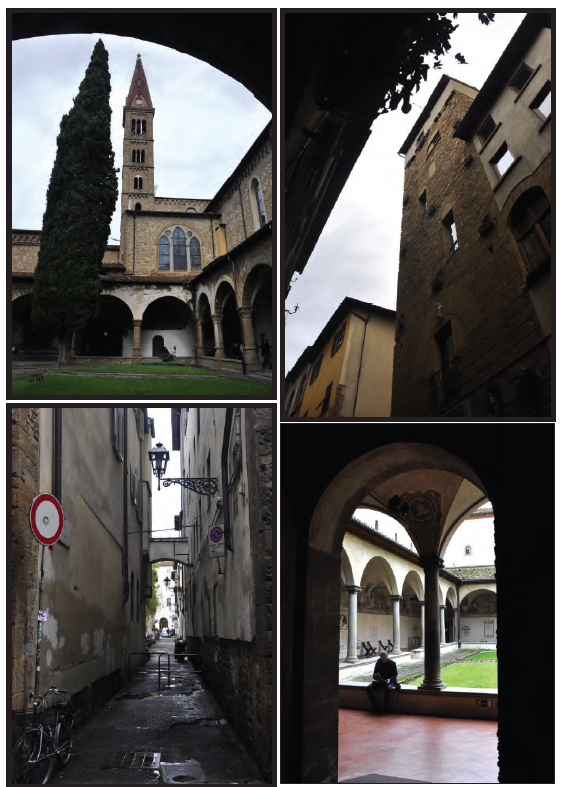
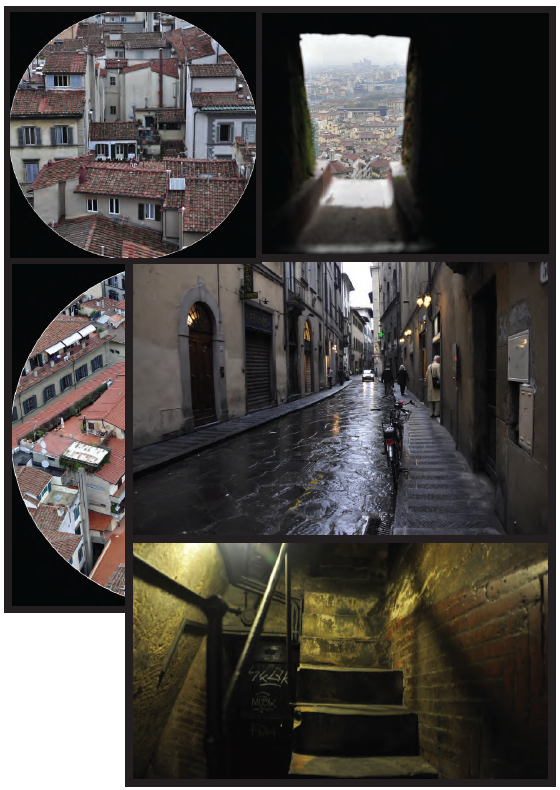
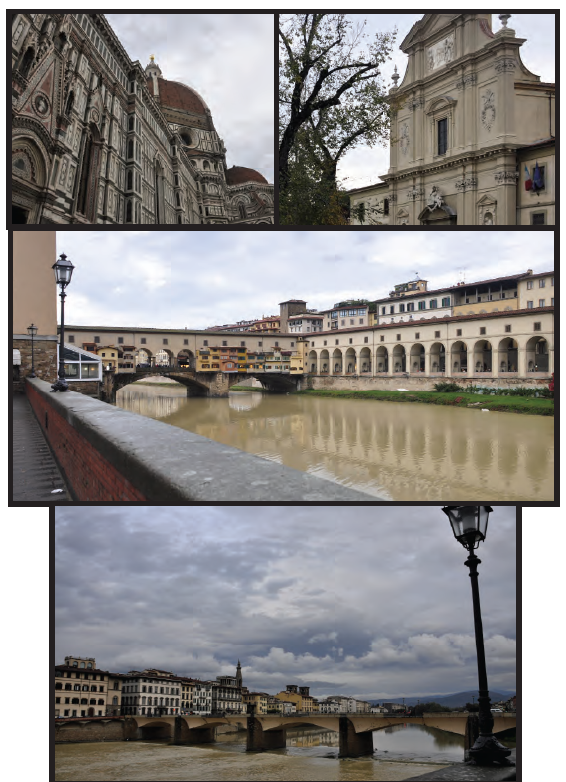
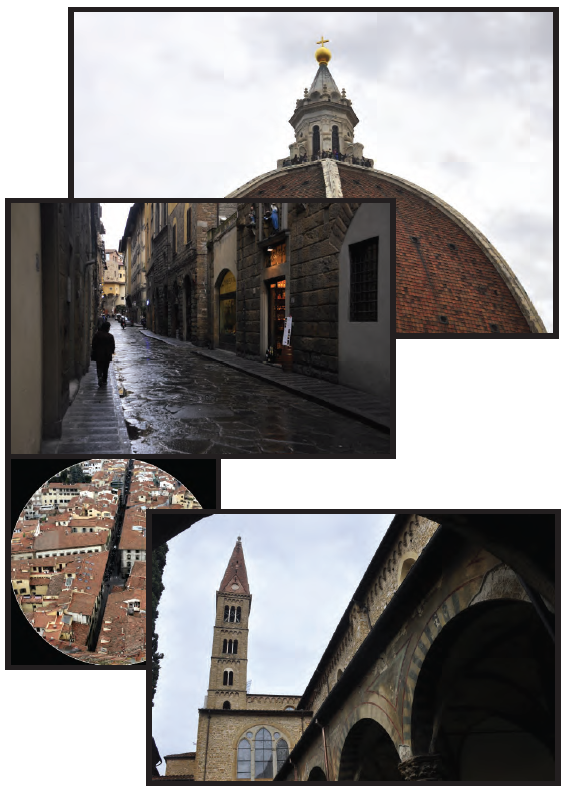
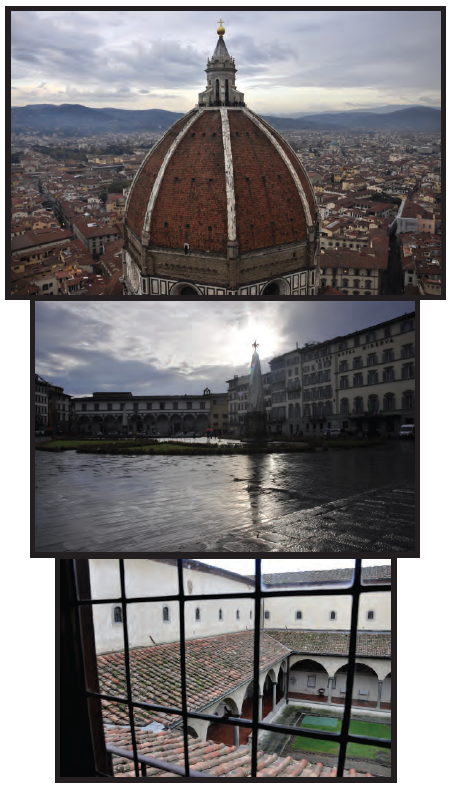

Speak Your Mind